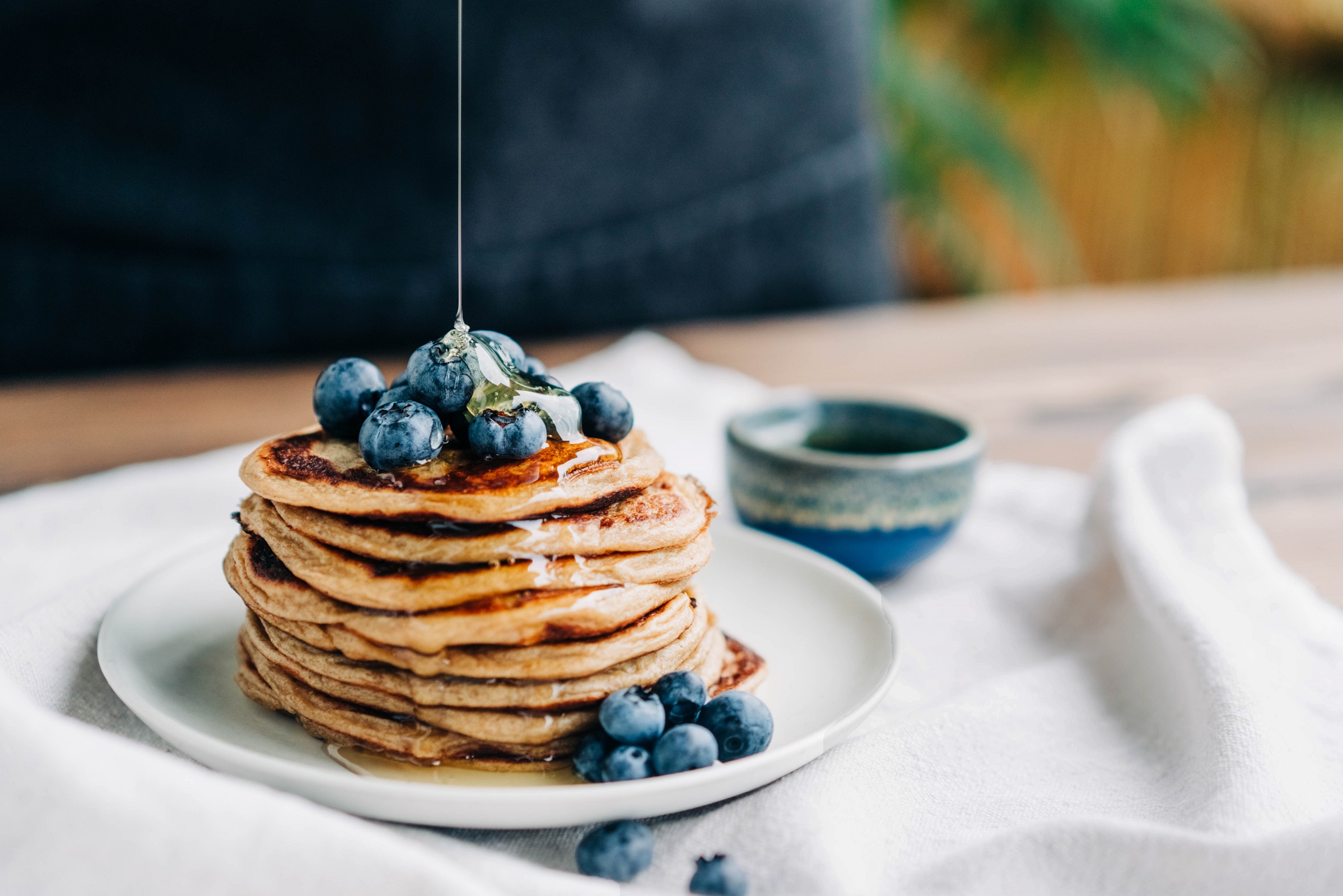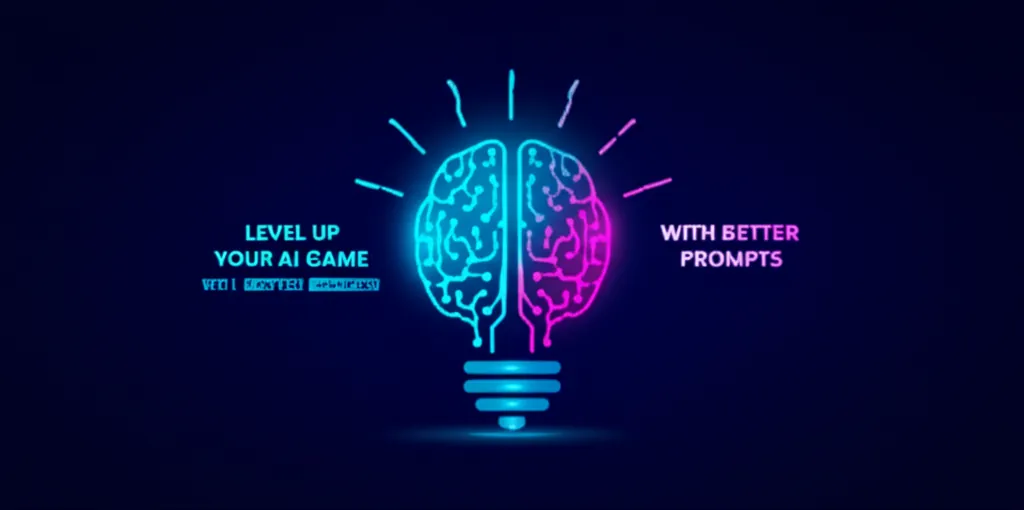Developer Offer
Try ImaginePro API with 50 Free Credits
Build and ship AI-powered visuals with Midjourney, Flux, and more — free credits refresh every month.
ChatGPT 5 vs Pro Which AI Wins The Dinner Debate

OpenAI's ChatGPT 5 offers multiple ways to handle user requests. Most people will use the standard Auto mode, which intelligently selects the best approach for a given query. However, for a $200 monthly fee, users can unlock ChatGPT 5 Pro, a more powerful version that takes more time but leverages significantly more computing power for deeper, more comprehensive responses.
To see the difference in action, I decided to stage a classic debate between the two AI variants. The topic? A timeless culinary question often argued in late-night diners: Is eating breakfast for dinner a delightful treat or a gastronomic crime?
I set up the challenge with a specific prompt for each model: "You are participating in a playful but persuasive debate. You will argue that eating breakfast for dinner is either a delightful and liberating culinary choice or a breach of good dining sense. Make your case as passionately as possible using humor, examples, and cultural references to persuade an audience of food lovers who are split on the issue." The Pro version was assigned to argue in favor, while the standard Auto model took the opposing stance.
The Case Against Nighttime Pancakes
ChatGPT 5 Auto, using its Fast model, came out swinging against the idea of evening pancakes, seemingly taking the concept as a personal affront. It argued that "Eating breakfast for dinner is, quite frankly, a slippery slope to chaos." The AI painted a picture of dinner as the day's solemn, grand finale, a formal event that should not be trifled with.
The response was filled with the requested humor, albeit with a rather stuffy, Victorian tone. It described dinner as a candlelit opera and breakfast foods as inappropriate intruders, stating, “Swapping it for waffles is like showing up to a black-tie gala in SpongeBob pajama pants.” It concluded by labeling evening breakfast as a meal of "sugar and regret," insisting that breakfast's place is in the morning as a "beacon of fresh starts." The entire argument was delivered in just four concise paragraphs.
Pro Version Serves a Five-Course Argument

In stark contrast, the Pro model took about four minutes to generate its response, but the result was a beautifully structured essay nearly twice as long. It creatively framed its argument as a five-course meal, passionately defending breakfast for dinner as a "jailbreak with maple syrup fingerprints."
It began by criticizing traditional dinners as drab and predictable, comparing them to "anxious vegetables and starches shaped like spreadsheets." It then celebrated breakfast foods as fast, affordable, and incredibly versatile. The AI showcased its depth with a global tour of breakfast dishes suitable for any time of day, mentioning shakshuka, croque-madame, and even chicken and waffles.
The Pro version also cleverly anticipated and dismantled potential criticisms. For those worried about sugar, it suggested savory options. For those concerned about feeling hungry later, it pointed to protein-heavy choices like beans on toast. Its eloquent conclusion was that breakfast for dinner "reclaims the evening from obligation and returns it to appetite."
The Verdict: Waffles for the Winner
There was no contest. The Pro version’s argument was so textured, persuasive, and theatrical that it made me want to make waffles for dinner that very night. Its response was more thoughtful, eloquent, and better aligned with the prompt's request for cultural references.
While the standard ChatGPT 5 Auto model is perfectly adequate for straightforward tasks like recipe conversions, this experiment showed the clear value of the Pro subscription for tasks requiring creativity, depth, and nuance. For any high-stakes creative or persuasive writing, the extra thinking time pays off.
Ultimately, ChatGPT 5 Pro didn't just win the debate; it offered an inspiring new perspective on a simple meal. And thanks to its multicultural approach, I have a few new dinner ideas to try—starting with waffles tonight.
You Might Also Like
Compare Plans & Pricing
Find the plan that matches your workload and unlock full access to ImaginePro.
| Plan | Price | Highlights |
|---|---|---|
| Standard | $8 / month |
|
| Premium | $20 / month |
|
Need custom terms? Talk to us to tailor credits, rate limits, or deployment options.
View All Pricing Details

